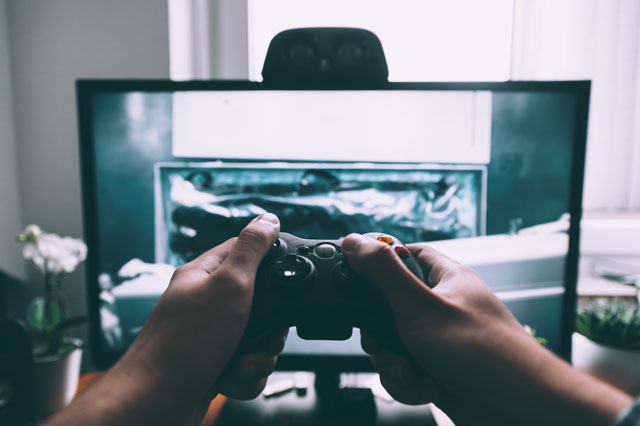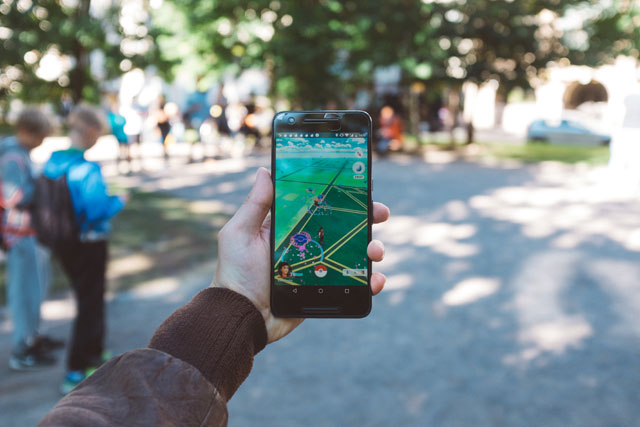Game design and social innovation today

Learn more gamification and its multitudes of benefits for learning, industry, and health.
Gamification is changing everything; from business deals through to education, we are now trading and learning using basic logic once strictly associated with Super Mario and Halo. If this wasn’t enough, technologies being developed for and advanced by gaming and entertainment (e.g. virtual reality) are now being used by the likes of doctors and urban planners.
Let’s clear something up first – yes this does stem from and tie into gaming technology, but it has little do with stereotypes of gamers or the actual games they play. As stated by Entrepreneur.com, “Gamification, however, is actually quite different and quite a bit more scientific than those activities: It’s the practice of synthesizing the best ideas from gaming, loyalty programs and behavioural economics, with the aim of driving user engagement over indifference.”
To put it simply, in terms of education and interaction this is taking the ways in which we learned as children and giving it a spin that works with who we are now as adults. This then allows us to turn hard to grasp concepts into a fun digital experiences that inform and delight.
One of the people leading the charge in terms of both gamification and development of associated technologies is Peter Mills, who completed the University of Canberra Bachelor of Games and Interactive Design at Tafe Qld. Can he change the world one byte at a time? We’re excited to find out!
I think games offer the most opportunities as a new art form and we are yet to see a game that explores the full capabilities of the medium
"If you’re making a video game, you’re doing more than just making a piece of software that you interact with. If you take those ideas and apply them to a piece of software that’s also designed for accounting, then you’ve got accounting software that’s fun and satisfying to use. You can influence, educate and unite with one fun idea".
The world of gaming has changed.
If the recent Pokemon Go frenzy has taught us anything, it is that everyone is now a gamer. Forget the stereotypes around age, gender and appearance; every man, woman, child and dog can get in on the fun. Gamifying every process and community is becoming the norm, and it’s one that we are embracing.
Stats from the 2016 Digital Australia report, shows that there is an almost equal split between the genders, with 47 per cent of Australian women identifying as gamers and 90 per cent of gamers with children saying they share use their hobby as a time for family bonding.
But perhaps the most telling statistic about the future of gaming is that almost a quarter of Australian employees have used games for workplace training and 35 percent of school children’s curriculum is based on some form of digital game play.

This is no surprise for Bachelor of Games and Interactive Design student Peter Mills, who is working toward finding his industry’s ‘eureka moment’.
There isn’t one demographic that isn’t a gamer now. Not everyone has a massive PC and loves playing Skyrim, but everyone has a phone and engages with gaming in one way or another.
“Game design is essentially just making a piece of software that you interact with only because interacting with it is a fun satisfying experience. If you take those lessons and apply them to a piece of software that’s also designed for accounting, then you’ve got accounting software that’s fun and satisfying to use. We’re gamifying how we pay our bills, we’re gamifying how we do everything," says Peter.
And that’s where he sees gaming technology, particularly virtual reality, headed.
“In a traditional screen and control set up, the input and output match so you can really lose yourself in the games.That is going to be the next really big challenge for VR, balancing those levels. At the moment everyone is just trying to come up with something that doesn’t make people want to throw up, because the experience is so jarring."
“I think there will always be a place for VR though, particularly with simulations and training. It’s the kind of technology that will allow doctors to perform remote surgery on patients – it could save lives," he says.
And as far as Peter is concerned, the best is yet to come. He is excited to be a part of the generation who discovers what games can really do.
“I think games are the most interesting new art form and we don’t really know what they’re capable of yet."
It’s this vision that has Peter diving into the deep end of the growing virtual reality and augmented reality technologies that we’ve been hearing so much about. From playing on your phone with Pokemon Go through to the Oculus Rift, there is no shortage of new opportunities for invention and collaboration. In Peter’s mind, there really is no limit to what we can do with this technology.
Can this one dreamer level up whole communities with one great idea? If he has his way, it’s only a matter of time.
“Smart people love to fool around with things that start off as a bit of fun and then it turns out that ‘hey that might cure cancer’.
“If I can make something that pushes games forward as a medium and in 10 or 20 years people look back on it and say ‘Oh look, that’s where we figured out how that works’, I’d really like that.”
This article was originally published on Spark TAFE Queensland. Read the original article.
Images courtesy of unsplash.com

